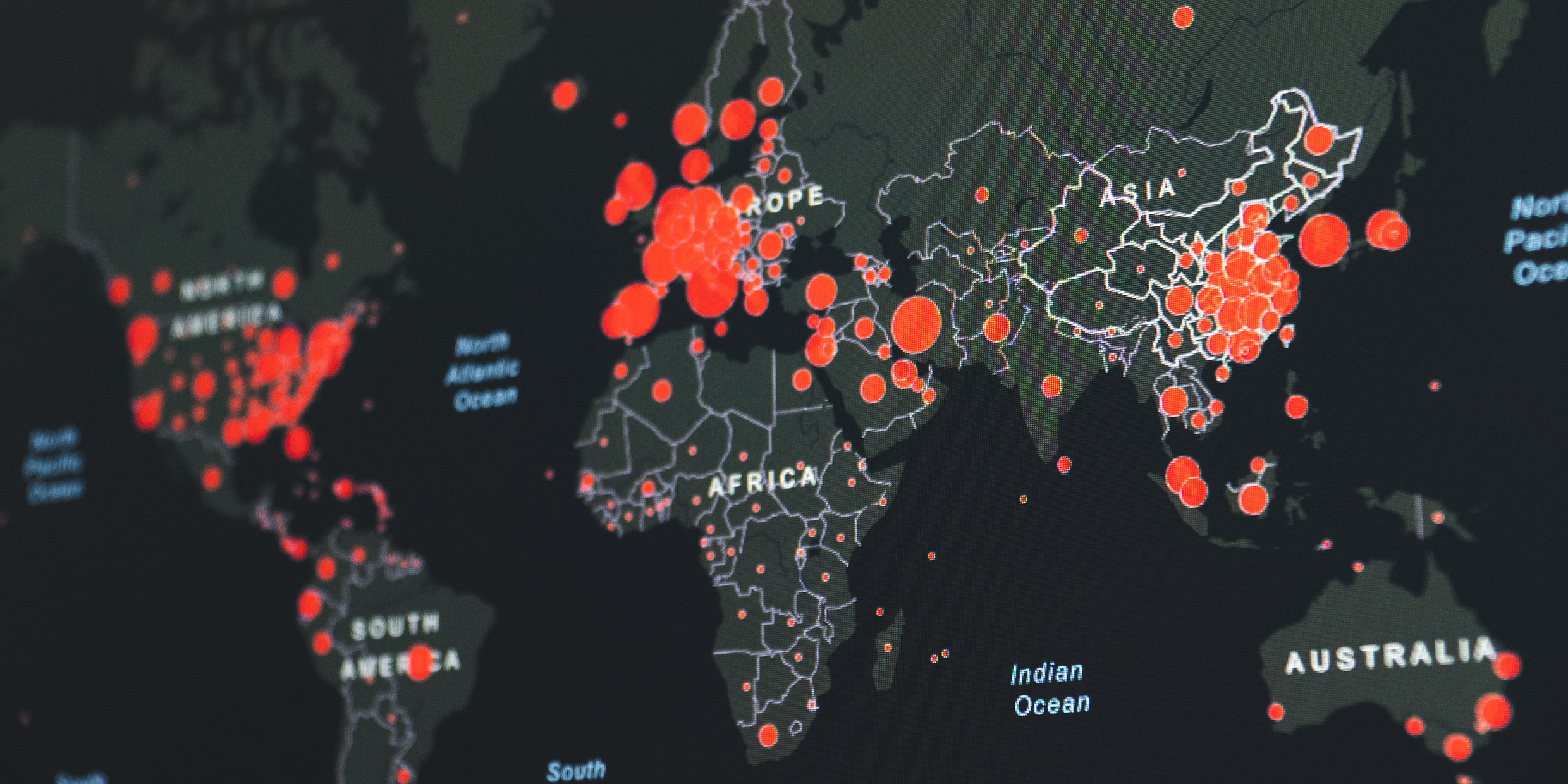Originally published 6 October 1997
Hey, Tony baby, have I got a movie script for you.
The concept is like — wow! It’s got science. The millennium. An epic moral lesson. Edge-of-your-seat suspense.
Sit back, Tony. Have a Perrier. Listen up.
Here’s the story. It’s the year 2000. Summer in the northern hemisphere. A mutant bacillus is ravaging the world. People are dying like flies.
This thing came out of nowhere. Zaire. Bolivia. Wherever. No one has a cure. It’s raging across the planet.
New York, Paris, Tokyo, Hong Kong. Bodies in the streets. Looting. Terror. The cities abandoned by everyone who can get out. It’s like the Black Death all over again. Think 14th century Europe, Tony, when the bubonic bacillus took out half the population. OK, a third. OK, whatever.
What’s that? You think a global pandemic is too far-fetched? Tony, Tony, whadaya think? I’m talking real world. We’ve done the research. We’ve got consultants.
This will be the big issue of the 21st century. The biggest. Emerging infectious diseases. Bacteria. Viruses. It’s us against them, Tony. Humans versus the invisible bugs.
The balance of nature has been changed. The human population is burgeoning. We’re adding a billion people to the planet every decade. Pushing other creatures to oblivion. We’re it, Tony. We’re big, fat packets of protein waiting to be devoured. For the microbes, it’s us or nothing.
What’s that? You think we’re too clever to let it happen? We got drugs? Antibiotics? Tony, Tony, get with it. By overusing antibiotics, and misusing them, we have created the conditions for bacteria to evolve resistance.
The glory days of penicillin are over. The Killer Bugs are here.
It’s evolution in action, Tony. Survival of the fittest. Mutate and prosper. Without restraints, a bacterium can reproduce every 20 minutes. OK, an hour, a day, whatever. Microbes evolve resistance to antibiotics faster than we can develop new drugs. Already, many of our antibiotics are useless against many kinds of germs. Hospitals are down to their drugs of last resort.
Sure, our body will evolve defenses. But it’s 20 years versus 20 minutes, Tony. The bugs reproduce 20,000 times faster. We can’t keep up.
And it’s not just that our drugs are increasingly ineffectual. We are facing new microbial threats.
We have disturbed ecological patterns that evolved over millions of years. Cut down tropic forests, irrigated deserts, mucked up the climate. Virulent new strains of microbes are coming out of the woodwork.
And they don’t stay put. Bugs fly jets, too, Tony. Heathrow. JFK. Bangkok. All those millions of moving people are ferrying pathogens from place to place.
Outbreak. Hot Zone. Yeah, Tony, I know. It’s been done. But here’s our twist. We don’t see the pandemic directly. We’re in the domed US research station at the South Pole. Deep freeze. Middle of the southern winter. Twenty-four hours of darkness.
The scientists and staff at the station know what’s going on in the rest of the world. They have radios, satellite television, all that. They’re torn. They have families back home. But they know that in their isolation they are safe. For the moment.
Christopher Walken is the station chief, your classic evil scientist, determined to maintain the station’s isolation. One of the female workers is about to have a baby. Jeff Goldblum is the good guy who wants to call for a plane to fly her out. No can do, says Walken. A danger of contamination.
A plane arrives anyway, Air Force One. Glides out of the Antarctic night. It is the President of the United States, his family and intimate staff. Coming to the safest place on Earth to ride out the plague.
Walken bars the doors of the station. The airplane sits on the ice, its landing gear damaged. It can’t take off again no matter what. Days pass. Inside the station, the staffer has her baby.
On the plane, the president, his family and friends are starving, freezing, near death. His 10-year-old daughter develops symptoms of the dreaded disease.
Goldblum mutinies. Locks Walken in a storeroom. Brings the Pres, his family and his pals into the station. The president’s sick daughter, too.
You got it, Tony. We have beautiful woman scientist. Sharon Stone. No, yeah, I’m telling you Tony, we’re breaking stereotypes here. She’s Goldblum’s lover, and a brilliant microbiologist. She contrives a tight, cold lab. Goes to work on the bugs.
She has a theory about natural antibacterial proteins in mother’s milk. Proteins that inhibit bacteria growth by absorbing iron, an element the bacteria need to convert nutrients to energy. And she just happens to have access to a lactating mom.
Yeah, Tony, yeah. You got the concept. The cure works. The president’s daughter survives. In the north, the plague burns itself out when the population has been reduced to a level that will no longer sustain the pathogen.
Antarctic dawn. That’s right, Tony. Sunrise after the long Antarctic night. Jeff Goldblum mouths a few words about humans not being the only organism on the planet. A lesson about living in harmony with the environment.
The camera pans out across the icy continent from the station. We see whales leap. Monkeys frolic. Butterflies flit. It’s a new millennium, Tony. Wiser, smarter. Have another Perrier.



